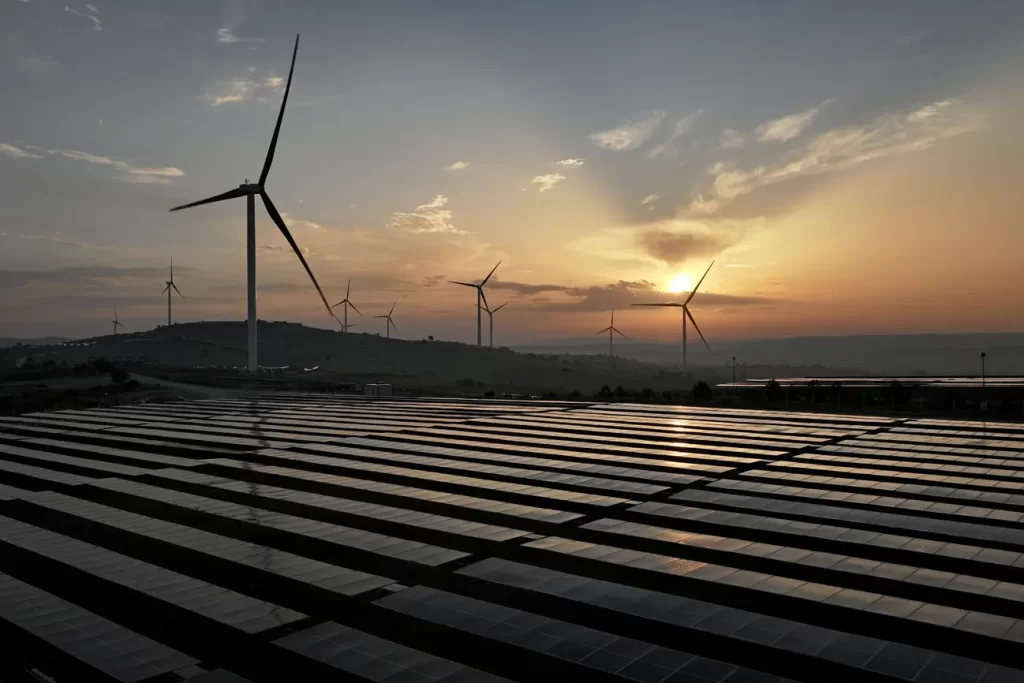
The world’s largest planned renewable energy project would be bigger than entire countries, with onshore wind turbines potentially triple the size of current market leading machines, according to new documents.
Developers behind the Western Green Energy Hub (WGEH) project, which include InterContinental Energy and CWP Global, revealed their updated plans for the project in Western Australia in documents submitted for consultation.
At full development the project is now slated to have a capacity of 70GW, up from 50GW as previously planned. The developers say it could generate over 200TWh of renewable energy annually, dependent upon the mix and size of its wind and solar farms.
This is “similar in magnitude” to Australia’s current total power generation, say the developers. The Australian government put the country’s total power generation at 274TWh last year. The new plant would at full power generate more electricity than the generation fleet of many medium-sized countries.
The project will be spread across 22,700 square kilometres of coastal desert land, bigger than nations including Slovenia and El Salvador.
The developers now plan to erect up to 3,000 wind turbines – ranging from 7MW to 20MW.
Currently the largest onshore wind turbine in the world is a 15MW machine produced by China’s Sany, already considered a monster that is twice the size of the maximum capacity of many leading turbine makers’ onshore models, which come in around 7MW.
The developers of the WGEH project appear to therefore be future-proofing their plan to be ready for larger models that could appear in coming years.
The project will also feature up to 60 million PV panels spread out across 35 solar farms.
Power from the project could go to a “multitude of applications,” say its developers, including the potential to produce approximately 3.5 million tonnes of green hydrogen per year for uses locally, regionally and internationally.
Green ammonia is proposed as the “base case” for product export, add the developers, and is the proposal’s exemplar export product for environmental impact assessment purposes.
The project aims to be a “major contributor” to meeting state and national goals to transition to net zero greenhouse gas emissions by 2050, and will if it goes ahead be built in stages “aligned with the growth in market demand.”
The project will be developed in seven stages, which will ultimately result in the installation of up to approximately 35 different “nodes” of around 2-3GW each. The construction phase is expected to last for around three decades.
Other partners in the project include Mirning Green Energy Limited, a subsidiary of Mirning Traditional Lands Aboriginal Corporation (MTLAC) – the registered native title representative body.
InterContinental Energy specialises in developing supersize energy projects, including a 25GW array in Oman. With CWP, it has also worked on development of a 26GW mega-project in Australia that BP is also now the majority shareholder in.